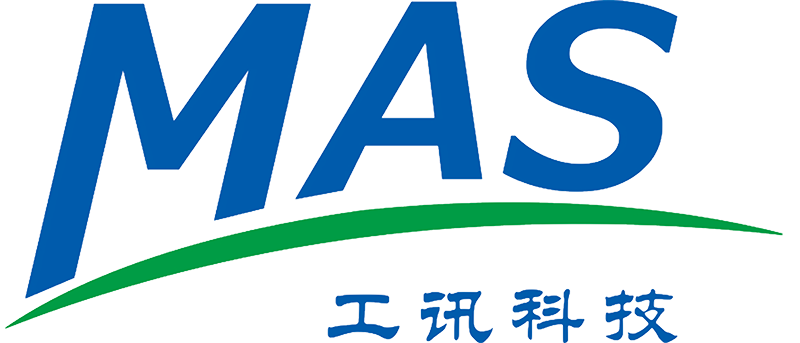Application Scope & Scenarios of Magnetostrictive Liquid Level
Release time:
2024-02-01 17:43
Source:
Network
The application range and application scenarios of the magnetostrictive liquid level are very wide, mainly including the following aspects:
Dam monitoring: used to monitor the settlement and deformation of the dam to ensure the safe operation of the dam.
Tunnel engineering monitoring: in the process of tunnel construction, the settlement deformation of tunnel slope and supporting structure is monitored to ensure the construction safety.
Foundation pit engineering monitoring: In the process of foundation pit excavation and support, the settlement deformation of the surrounding soil and supporting structure of the foundation pit is monitored to prevent the collapse of the foundation pit.
Civil construction engineering monitoring: used to monitor the foundation settlement of high-rise buildings, large industrial plants and other buildings and the stability of buildings.
Monitoring of water conservancy projects: in water conservancy projects, the settlement and deformation of dams, reservoirs, spillways and other parts are monitored to ensure the safe operation of water conservancy projects.
Nuclear power plant engineering monitoring: In the construction of nuclear power plant engineering, the settlement and deformation of key parts such as nuclear reactors and nuclear waste treatment facilities are monitored to ensure the safe operation of nuclear power plants.
Geological disaster monitoring: used to monitor the occurrence and development of geological disasters such as landslides and debris flows, and provide a basis for disaster early warning and prevention.
In short, the magnetostrictive liquid level has a wide range of applications, which can monitor settlement deformation in various engineering fields and ensure the safe operation of the project. In practical applications, it is necessary to select the appropriate magnetostrictive liquid level model and specifications according to the actual engineering situation and measurement accuracy requirements, and take appropriate protective measures to ensure the accuracy and reliability of the measurement results.
Previous Page
Previous Page



